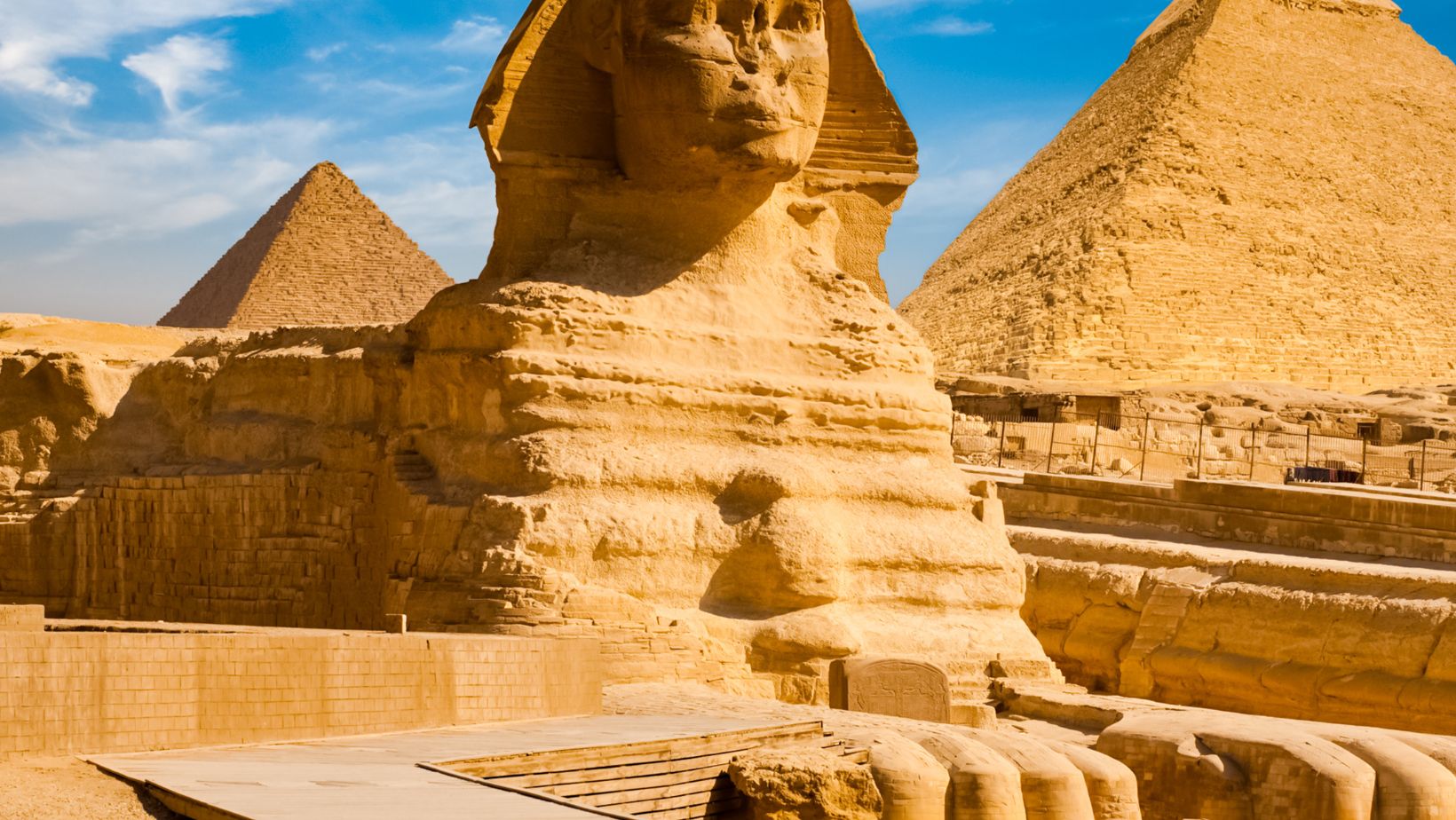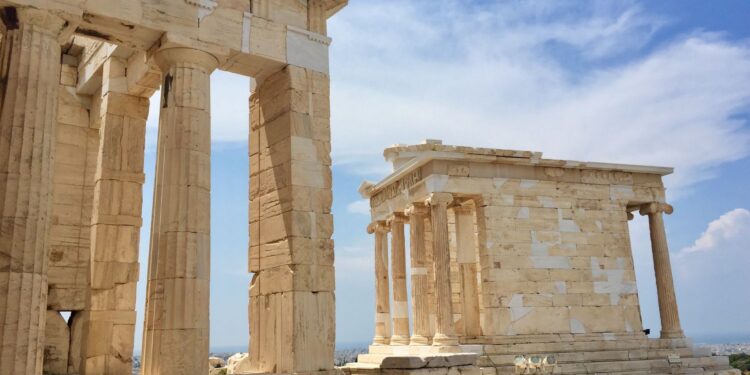Ancient City Finder
Are you fascinated by ancient civilizations and the mysteries they hold? If so, then you’ll be thrilled to learn about the “ancient city finder.” This innovative technology is revolutionizing archaeological exploration by helping researchers locate hidden cities from the past. With its advanced algorithms and satellite imagery, the ancient city finder is unlocking secrets buried
beneath layers of history.Imagine being able to unveil lost civilizations that have long been forgotten. Thanks to this groundbreaking tool, archaeologists are now able to identify potential sites for excavation with unprecedented accuracy. By analyzing topographical features and historical data, the ancient city finder can pinpoint areas where ancient cities may have once thrived.
The History of Ancient Cities
The Rise of Ancient Cities
Ancient cities have a rich and fascinating history that stretches back thousands of years. These urban centers emerged as early civilizations began to develop complex social, political, and economic structures. One notable example is the ancient city of Uruk in Mesopotamia, which flourished around 3500 BCE and is often considered one of the earliest cities in human history.
The rise of ancient cities was closely tied to agricultural advancements. As communities transitioned from nomadic lifestyles to settled farming, they established permanent settlements that eventually grew into thriving urban hubs. This shift allowed for increased food production, population growth, and specialization of labor. With these foundations in place, ancient cities became centers for trade, governance, culture, and innovation.
Archaeological Discoveries of Ancient Cities
Archaeological discoveries play a crucial role in uncovering the mysteries of ancient cities. Excavations at sites like Pompeii in Italy or Machu Picchu in Peru provide invaluable insights into the daily lives and architectural marvels of these long-lost civilizations.
For instance, the excavation at Pompeii revealed a remarkably well-preserved snapshot of life in an ancient Roman city frozen by the eruption of Mount Vesuvius in 79 CE. By studying its streets, houses, baths, and public spaces, archaeologists gained a deeper understanding of Roman urban planning and societal norms.
Similarly, the rediscovery of Machu Picchu high up in the Andes Mountains shed light on the remarkable achievements of the Inca civilization. This hidden citadel showcased their advanced knowledge of engineering and architecture while offering glimpses into their religious beliefs and societal structure.

Exploring the Techniques of Ancient City Finding
When it comes to uncovering the secrets of ancient civilizations, one of the most fascinating aspects is the process of finding these lost cities. The techniques employed by archaeologists and historians to locate these ancient urban centers are both intriguing and complex. In this section, I’ll delve into some of the methods used in ancient city finding.
- Remote Sensing: One of the primary tools utilized in modern-day archaeological exploration is remote sensing technology. This technique involves using aerial imagery, satellite data, LiDAR (Light Detection and Ranging), and ground-penetrating radar to detect subtle variations in terrain that may indicate buried structures or remnants of ancient settlements.
- Geophysical Surveys: Another valuable method for locating hidden cities is through geophysical surveys. By employing instruments such as magnetometers, resistivity meters, and ground-penetrating radar, researchers can analyze variations in magnetic fields or electrical conductivity beneath the surface. These anomalies can provide crucial clues about buried architectural features or infrastructure.
- Excavation: While remote sensing and geophysical surveys offer valuable preliminary information, excavation remains an essential technique for confirming the presence of an ancient city. Through careful digging and systematic recording of artifacts and stratigraphy (layers), archaeologists piece together a comprehensive understanding of past urban landscapes.
- Historical Texts and Maps: In many cases, historical texts or maps play a vital role in pinpointing the location of lost cities. Ancient writings or accounts from explorers often contain descriptions or directions that help identify potential sites for further investigation.
- Local Knowledge: Working closely with local communities can provide invaluable insights into possible locations for undiscovered cities. Indigenous knowledge passed down through generations often holds important clues about long-forgotten settlements that may not be documented elsewhere.
- Serendipity: Sometimes, stumbling upon an ancient city is simply a stroke of luck—a combination of being in the right place at the right time and noticing something extraordinary. Serendipitous discoveries have played a significant role in uncovering some of the most remarkable ancient cities throughout history.
In conclusion, exploring ancient cities is a multidimensional endeavor that combines cutting-edge technology, meticulous excavation techniques, historical research, local knowledge, and an element of chance. By employing these various methods and approaches, archaeologists continue to unravel the mysteries of our past civilizations and gain invaluable insights into human history.














